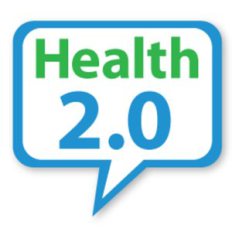A healthcare game changer and warrior is no longer with us. Neal Patterson has been an icon and mentor in the industry and will always be remembered.
I have been in this challenging arena of healthcare IT for almost two and a half decades. I call it challenging because of the constant changes that forced all of us to adapt and re-invent ourselves. I have faced some of these challenges as an ally to Neal and some on the other side as a competitor. We won some battles and lost others, but the challenge is what made it fun, and Neal’s brilliance pushed us to think harder to stay in the game. The most important thing is that we were always driven by our shared mission and passion to do the right thing for our customers and the healthcare industry. Ultimately, the customers and the industry always won!


 For over a year, the US has spent much of its time wondering who would be the next Commander-in-Chief, and what the implications would be with a Hillary Clinton or a Donald Trump presidency. Now that we have our answer – that Donald Trump will be leading the nation for at least the next four years – people across all industries are wondering how a new administration will impact their business.
For over a year, the US has spent much of its time wondering who would be the next Commander-in-Chief, and what the implications would be with a Hillary Clinton or a Donald Trump presidency. Now that we have our answer – that Donald Trump will be leading the nation for at least the next four years – people across all industries are wondering how a new administration will impact their business.

 We are currently experiencing the biggest transformation in healthcare ever.
We are currently experiencing the biggest transformation in healthcare ever. 

